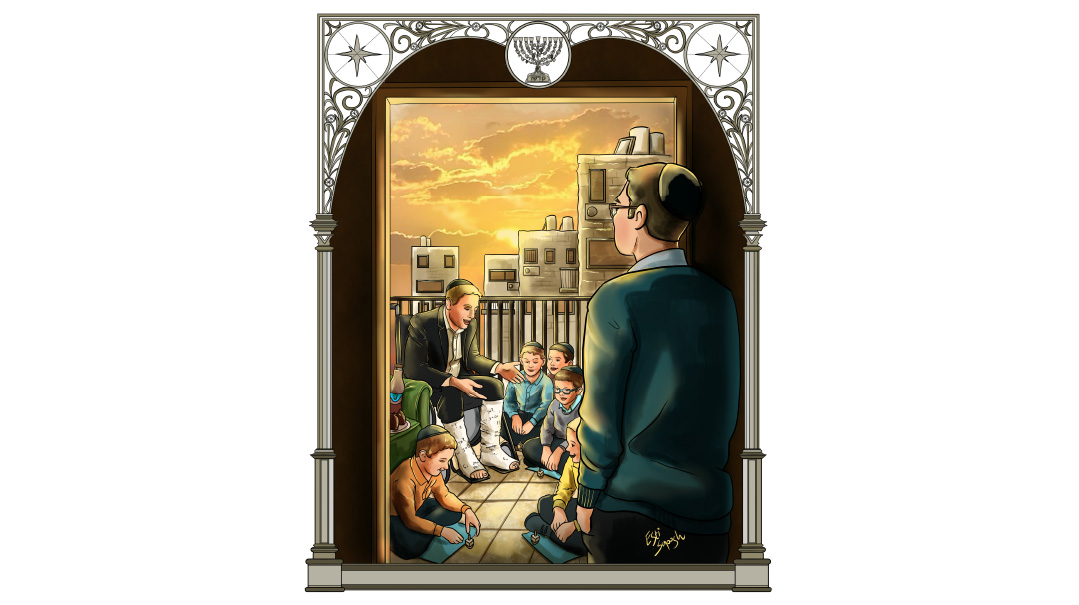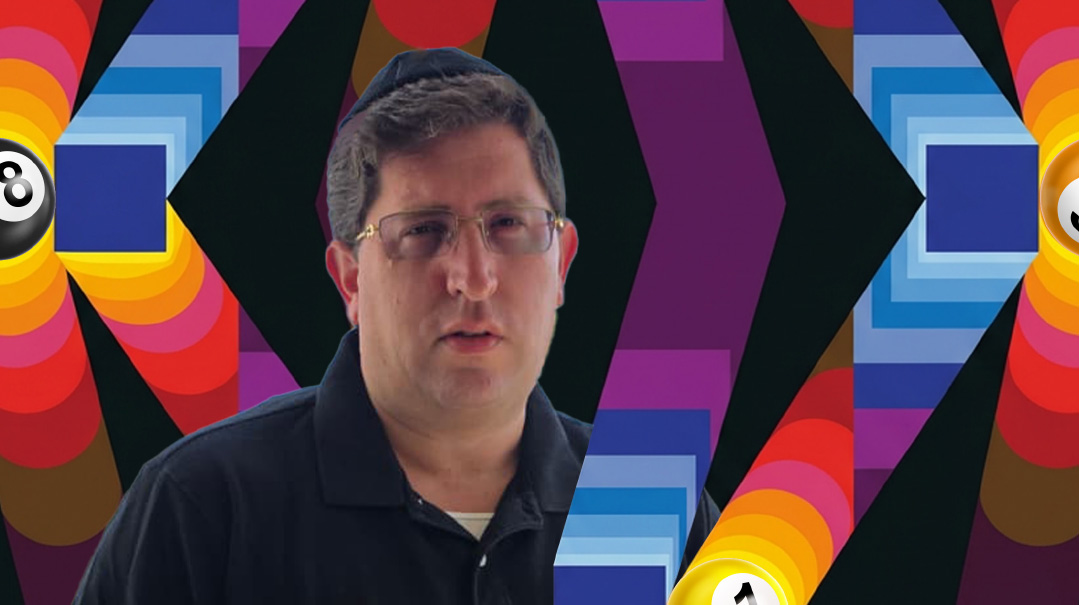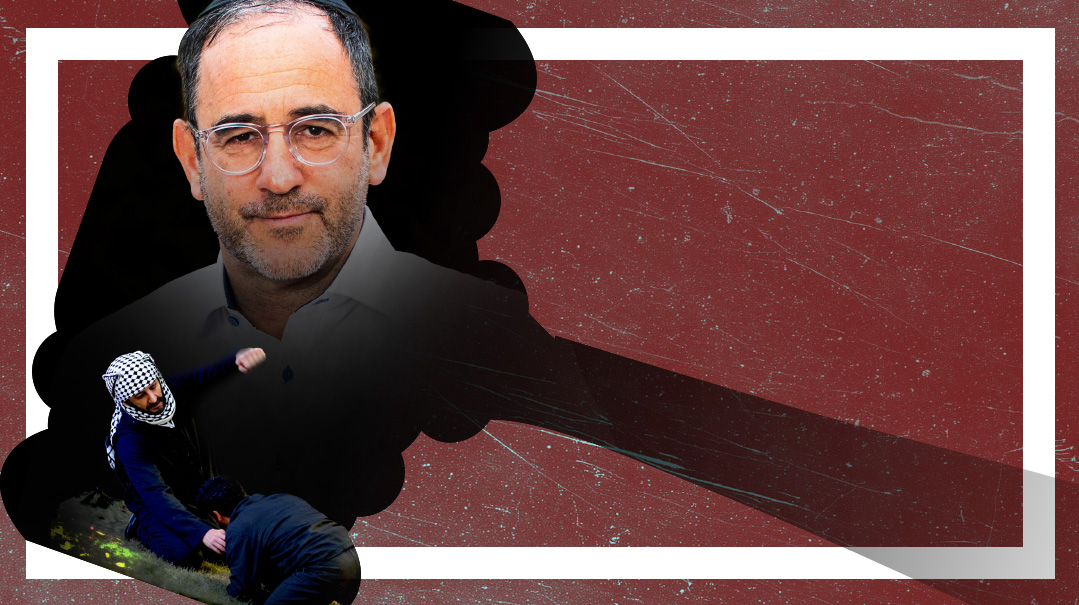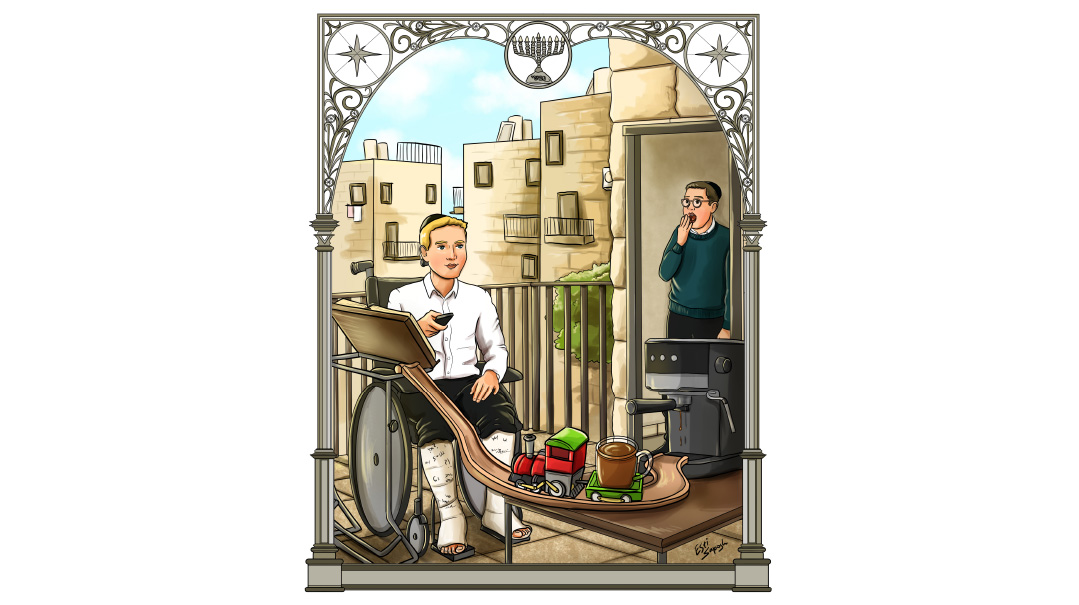Worlds Together
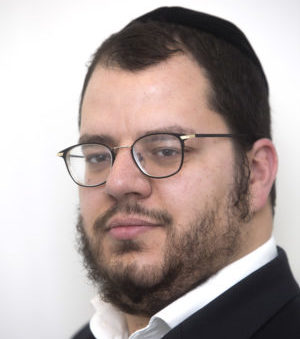
With clear vision and a caring heart, Rav Moshe Hillel Hirsch guides a generation
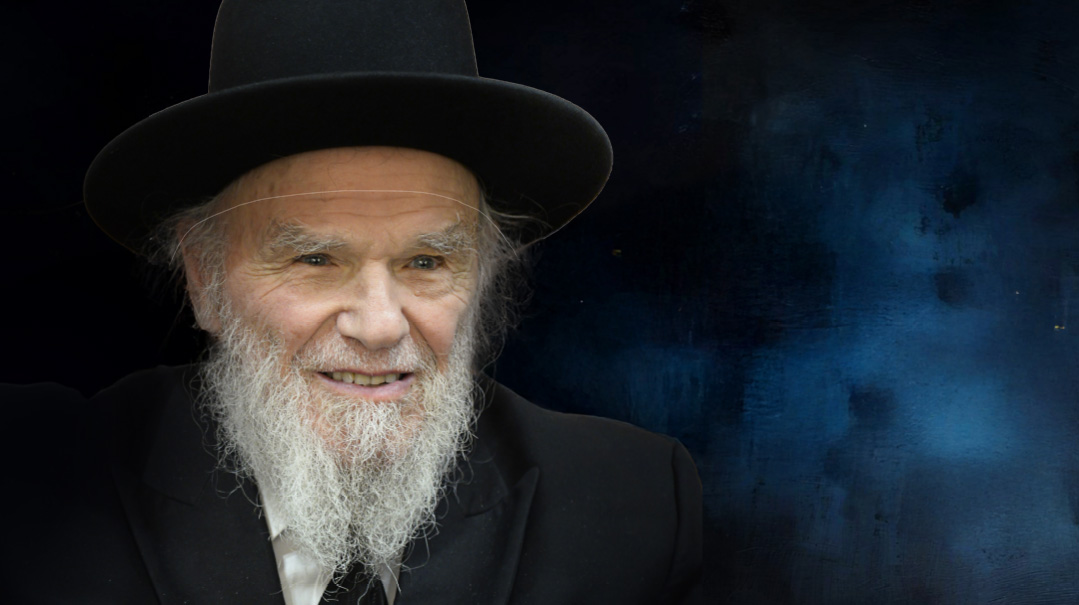
Photos: Shuki Lerer
Half a century after Rav Aharon Kotler’s prime talmid left America, he emerged as a leader of Eretz Yisrael’s yeshivah world. Now, as it faces an unprecedented crisis, Rav Moshe Hillel Hirsch is one figure who can unite both worlds for a common cause
IN a seforim-lined room in Bnei Brak where decisions affecting millions are made, silence is a sound all of its own. Thousands of people from around the world are familiar with this silence. Countless talmidim of the Slabodka yeshivah, streams of rabbanim and average people with burning questions, and of late, Israel’s top political leaders have all experienced it.
A question is asked — and then comes a noticeable pause, a space for thought and consideration. In this room, answers aren’t shot out; every word is carefully weighed. When the answer comes on the other side of the pause, it’s expressed in tones both soft and decisive.
Welcome to the world of Rav Moshe Hillel Hirsch, the English-speaking, American-raised gadol who’s emerged to lead Eretz Yisrael’s Torah world from the heart of Slabodka in Bnei Brak.
To enter this realm, the yeshivah where Rav Moshe Hillel Hirsch has served as co-rosh yeshivah for decades, we have to climb Rechov Ben Pesachya in Bnei Brak, and it’s a steep ascent. The climb lends a sense of gravity to the encounter, as if alluding that an audience with the manhig hador mandates an investment of effort and energy.
It’s evening time, seder shlishi, as we walk up to the old, impressive yeshivah building with two curving flights of stairs right at the front. A thunderous kol Torah pours out of the windows, and in the corridors and the plaza in front of the yeshivah, we encounter talmidim walking back and forth as they try to work their way through the intricacies of a sugya.
Once you’ve powered up the incline, if you have patience and are ready to wait until the visiting roshei yeshivah and askanim are finished asking their questions, it’s actually very easy to get in. No “chatzer” has formed around this leader of the Torah world; there are no gatekeepers. The atmosphere is reminiscent of Ponevezh Yeshivah, in the years when bein hasedorim meant a stream of government leaders coming to speak to Rav Shach.
Now, after Maariv, the Rosh Yeshivah enters. There’s already a line of petitioners waiting. Some are bochurim who need advice and guidance. Another is a staff member of the yeshivah seeking to clarify tomorrow’s shiur.
Just a day earlier, news broke of a long, pointed phone call that took place between the Rosh Yeshivah and the prime minister of Israel. The question at stake was the future of the yeshivah world, amid the ongoing crisis of the army’s attempts to draft tens of thousands of bochurim.
Netanyahu, the master of words, was in for a surprise. Expecting to be able to placate his elderly interlocutor with some elegant rhetoric, it only took a few sentences of English for the prime minister to realize that this time, slogans wouldn’t work. The Rosh Yeshivah went through the issues one by one, clarifying the situation in Technicolor, leaving no room for evasive answers. “I should have come to this conversation better prepared,” a stunned Netanyahu chided his staff.
As the draft crisis comes to a head, creating an emergency greater than any other previously faced in the history of the modern Torah world — one man has emerged as indispensable.
In the wake of severe funding cuts to yeshivos and kollelim, and more recently, the attorney general’s decision that children whose fathers are avreichim of draft age aren’t eligible for daycare subsidies, the Israeli olam haTorah is in need of support from its American brethren more than ever before. Rav Moshe Hillel Hirsch, a close talmid of Rav Aharon Kotler, a famed son of the American Torah world and now the head of its Israeli equivalent, has emerged as the leader most equipped to bridge the two worlds.
But despite the heavy responsibilities resting on his shoulders, now, in this small room, all the storms are gone. Now there is a line of Yidden who want guidance and brachos. Right after that, there are chavrusas seeking to learn. And the night hasn’t even begun yet.
Oops! We could not locate your form.

